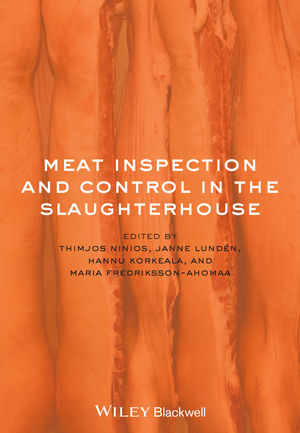Meat and poultry companies are using new technologies in their process-control systems to improve food safety, reduce costs, decrease energy use, lessen environmental impact and advance other areas, which provide multiple benefits to these companies.
For example, Golden State Foods, in Irvine, Calif., uses statistical methodologies in different areas of its manufacturing to meet food regulations and customer specifications.
“We measure process capability to understand the level of process variability and drive improvement,” says Enrique Espeleta, senior process improvement manager at Golden State Foods.
At Golden State Foods, product weight control and variation is monitored and controlled in product lines with automated statistical process control (SPC) software. Samples from each line are taken in equal intervals to determine average weight and standard deviation that allows the process operators to make changes and stay in process control.
“The statistical process control allows us to stay in conformance with customer and regulatory requirements,” Espeleta says.
Physical and chemical analysis for every product formula such as acidity, viscosity and color are entered in the SPC database and analyzed for process capability. Critical attributes in food safety, such as pH and water activity, are monitored and controlled with the use of the SPC program.
“The process control data is utilized to reduce variation in our processes and drive improvement projects, from optimizing product performance to assuring fill weight accuracy,” Espeleta explains. “Statistical control data is also utilized for the standardization and optimization of packaging equipment, which in turn reduces defects and waste.”
Maplewood Meats, in Green Bay, Wis., recently installed an inventory software system that fills orders — in particular smaller orders — which has reduced costs for the company. Brad Van Hemelryk, plant manager at the company, explains the system is for personal orders and not wholesale, and Maplewood Meats uses it for its venison processing, retail orders and custom fabrication line. It has taken the company from an entirely paper system (printing off an order, physically writing on that order, entering it back into the computer and printing off another one) to a completely paperless setup.
“It cut our processing times in about a quarter of the times now, so it’s drastic,” he says. Installing an inventory processing system like the one Maplewood Meats installed for middle to larger size processors is not without its challenges. Many smaller processors still use a handwritten organization system because of the number of different products and areas in which the companies operate.
“We do venison processing and wild game,” Van Hemelryk explains. “We do custom fabrication and we do a retail operation; there are lots of moving parts. There are lots of different departments. There are also customers that have orders in each of the different departments. The challenge is bringing those all together, having them organized and working in unison to get those orders all in correctly in a timely fashion.”
Espeleta agrees that challenges in maintaining process control lie in the process design to meet every process capability for every customer.
“One processing line can be ideal for some products, but not all,” Espeleta says. “Unlike making nuts and bolts, food attributes change as raw materials change, making it more challenging to control.”
As process control is used to drive decisions in the food industry, a need still exists for process equipment manufacturers to incorporate standard SPC software into every piece of equipment that contributes to process variation.
“Our long-term goal in process control and the utilization of statistical tools to drive improvement continues to be training and education of our associates,” Espeleta says.








Report Abusive Comment